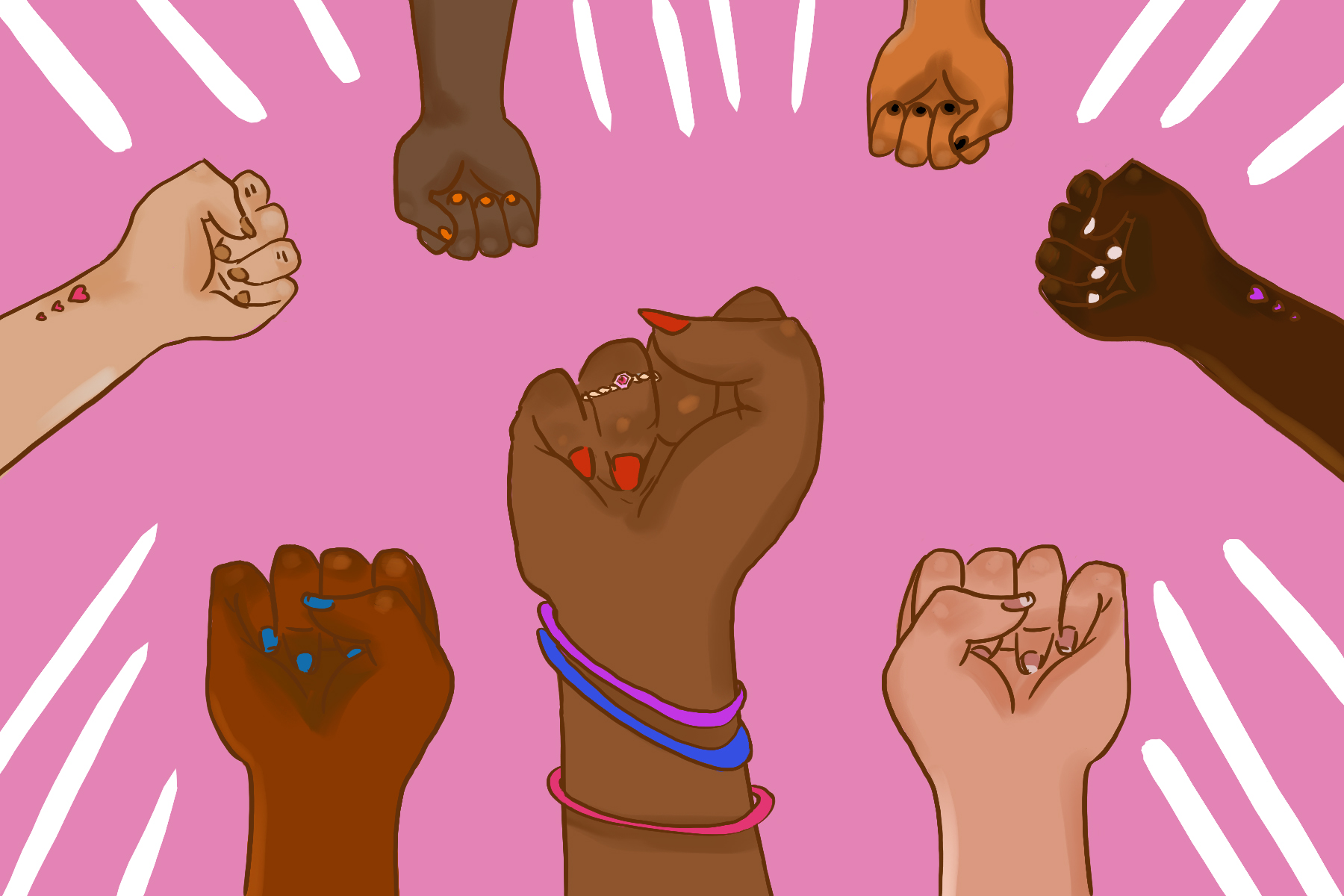In the current onslaught of Hollywood remakes, it’s easy to grow skeptical when studios advertise another big-budget adaptation. After all, aren’t such movies just an example of the lack of creativity in entertainment these days? When Sony Pictures announced the creation of a new “Little Women,” critics decried the sheer number of makeovers this novel has received. The story already possesses three American film adaptations, over a dozen television series and even a musical. What more could a novel set in the 1860s offer to modern audiences? Luckily, this adaptation landed in the capable hands of Greta Gerwig, whose interpretation of the classic tale stands out from its predecessors in a remarkable way.
“Little Women” follows Meg, Jo, Beth and Amy March, sisters living through the throes of the American Civil War. As their father fights for the Union Army, the girls distract themselves from growing financial strain by writing stories, performing plays and wreaking havoc with their neighbor Laurie. These characters enjoy the fun-filled days of their childhood, but the future lurks in the background with sinister implications. Under the guidance of their beloved mother, or “Marmee” as they affectionately call her, each girl must learn to navigate the restrictive social standards of their world.
The appeal of Louisa May Alcott’s story lies with the spirits of her fledgling women, and Gerwig’s adaptation flawlessly captures each girl’s personality. Meg remains gentle, warm and caring, with a longing for tiny luxuries apparent in her subtle wistfulness. Jo, on the other hand, is tomboyish, fiery and brimming with literary ambition. She unashamedly clashes with Amy, the infamously annoying March sister, who is recast with more depth and pragmatism than ever before. Finally, Beth’s simple devotion to her music and sisters casts a sweet haze over the family’s domestic moments.
In many previous adaptations, creators elevate one girl over her sisters and attempt to direct the audience’s adoration to this character. Gerwig, however, pointedly highlights each of the sisters’ strengths and allots dignity to the paths they choose. From Jo’s authorial glory to Meg’s contented motherhood, Gerwig depicts each heroine’s journey with respect. The film solidifies this theme during a conversation between Meg and Jo. As the former prepares to marry, Jo derides her sister’s choices, prompting the ever-patient Meg to insist that, “Just because my dreams are different than yours doesn’t mean they’re less important.” This potent line lends nobility to each girl’s desires, even if their choices vary.
Additionally, the structure of Gerwig’s “Little Women” stands apart from previous adaptations and helps audiences truly grasp each March sister’s growth. Most adaptations open with the girls lamenting their lack of Christmas presents and wishing their father would return home from war. However, in Gerwig’s reimagining, the story begins with Jo in New York. As she pitches stories to a snide publisher, thoughts of her childhood home flood her memory. The narrative jumps from past to present, allowing viewers to juxtapose each character’s childhood self with their adult doppelganger.
This narrative structure is particularly innovative for Amy March. In previous adaptations, Amy’s childhood faults overshadow her future self and establish a deep-rooted hatred of the occasionally immature character. Gerwig, however, remedies this long-standing trend. The director’s structure gives viewers more time to see Amy in Europe. Although simple, the change emphasizes the artist’s positive attributes, like pragmatism, self-respect and an insatiable desire for greatness.
In fact, Amy March delivers one of the most powerful monologues in the film. While speaking to Laurie, who tries to chastise her for a realistic view of marriage, she explains that “…as a woman, there’s no way for me to make my own money … so don’t sit there and tell me that marriage isn’t an economic proposition, because it is. It may not be for you, but it most certainly is for me.” Gerwig’s adaptation concentrates on the feminist ideas within the original novel and captures the staunch inequality each March sister must face. With this rebuttal, Gerwig begins to present the story’s feminist undertones — a theme many adaptations simply overlook.
Of course, the fiery Jo March delivers plenty of the story’s empowering lines. Across generations, fans praise this March sister for her unbreakable resolve and ambition. In Gerwig’s “Little Women,” Jo remains passionate but possesses a vulnerability absent in former adaptations. As she says in conversation with Marmee, “Women, they have minds, and they have souls as well as just hearts, and they’ve got ambition, and they’ve got talent, as well as just beauty. And I’m so sick of people saying that love is just all a woman is fit for. But I’m so lonely.” In past adaptations, an admission of loneliness from Jo March was unthinkable. However, this newfound vulnerability humanizes the previously impervious character and lends her character even more dynamism.
Jo March also receives another new character-defining moment in the film. After writing the novel that will eventually become “Little Women,” Jo haggles a larger percentage of its profit from a chagrined publisher. Although subtle, fans of the novel will recognize the homage to its author’s experiences. As her family’s primary breadwinner, Louisa May Alcott needed a fair share of her book’s eventual profits and obtained this deal after intense negotiations. Gerwig, in an effort to honor the author’s persistence, allots this experience to the book’s trailblazing heroine.
Overall, Gerwig’s “Little Women” distinguishes itself from a slew of Hollywood remakes by combining faithfulness to the classic novel with a revisionist’s eye for potential. Essentially, the March sisters’ story remains true to Alcott’s original vision. The girls’ wild antics, quirky conversations and devout affection dominate the film, creating a familiar vibe that fans will recognize from past adaptations. Jo still unintentionally burns Meg’s hair off with a curling wand, and the girls’ subsequent reactions remain hilarious. Laurie and Jo romp with their usual vigor, horrifying Aunt March with their uncivilized activities. However, in the midst of these well-known scenes, Gerwig highlights the novel’s overlooked themes, reframing Alcott’s story for the next generation.
















